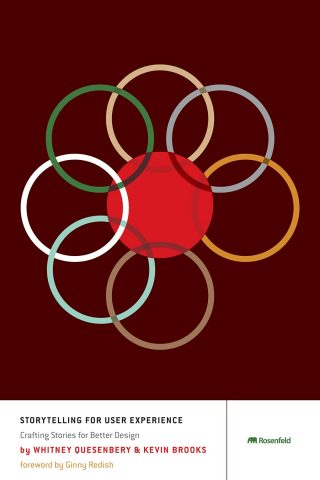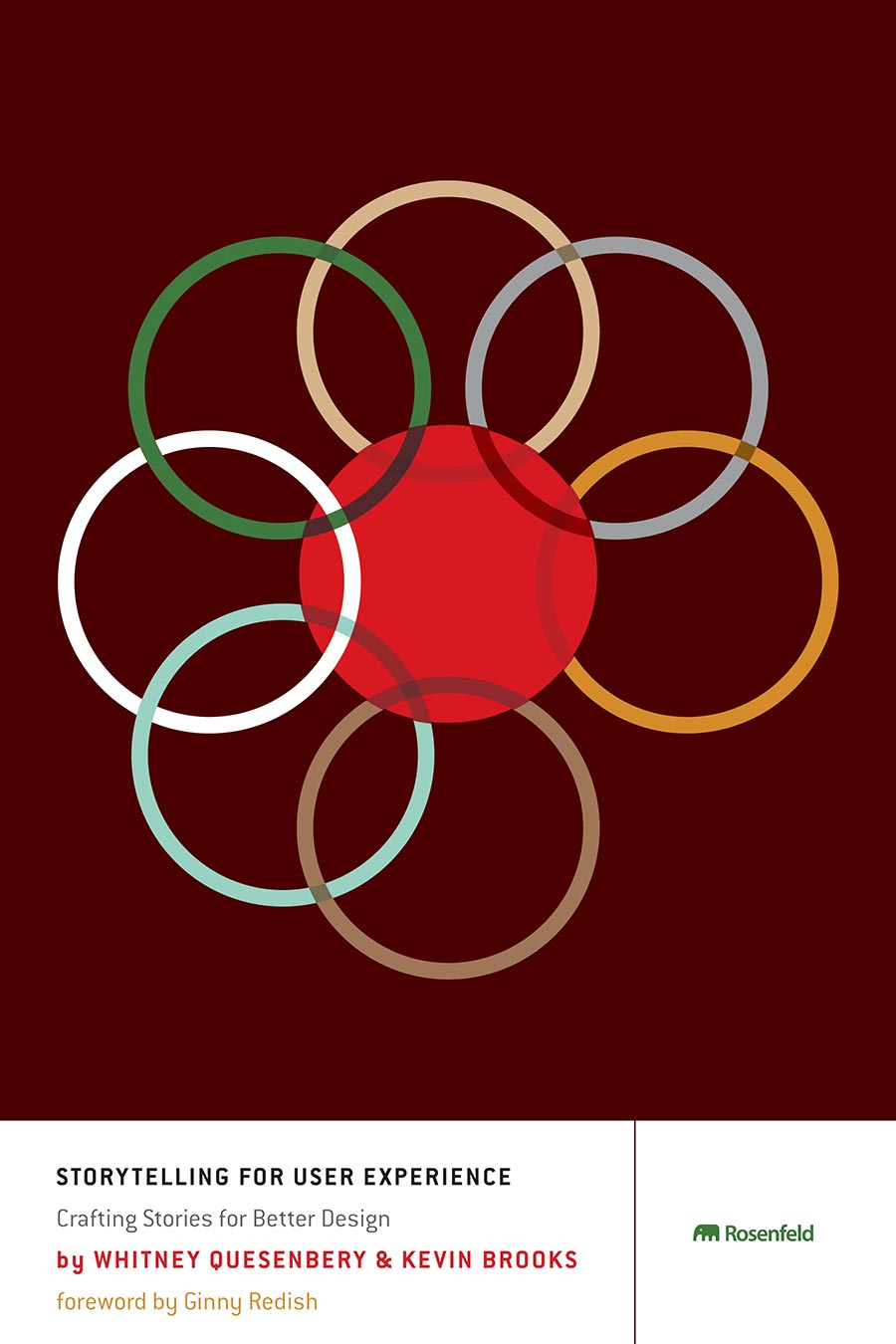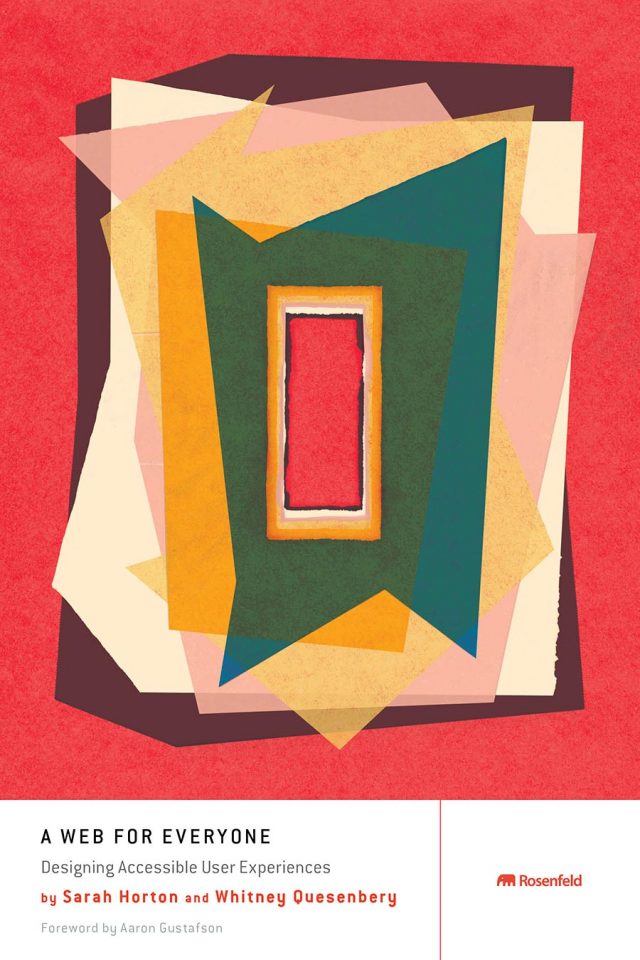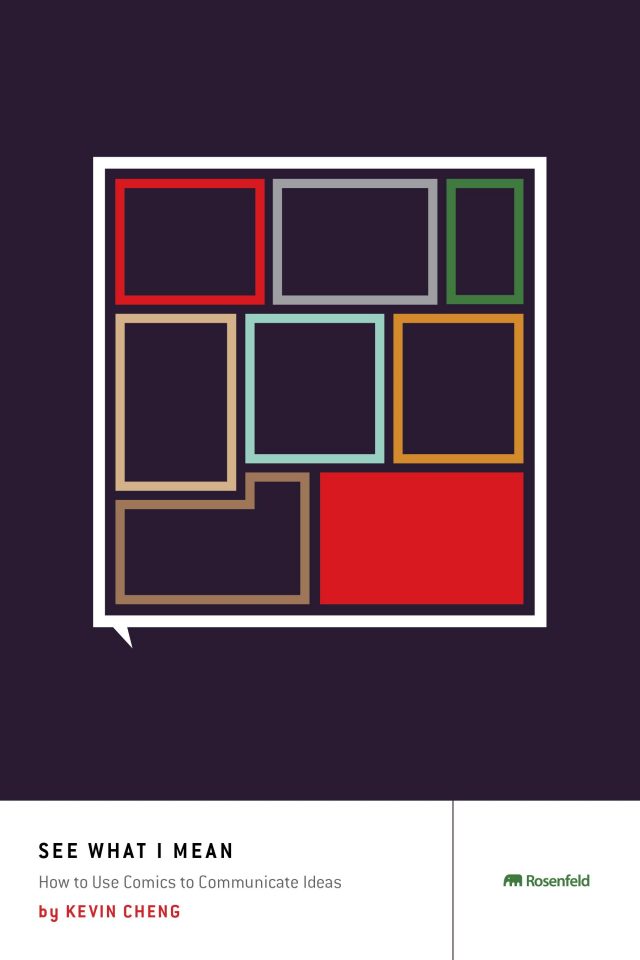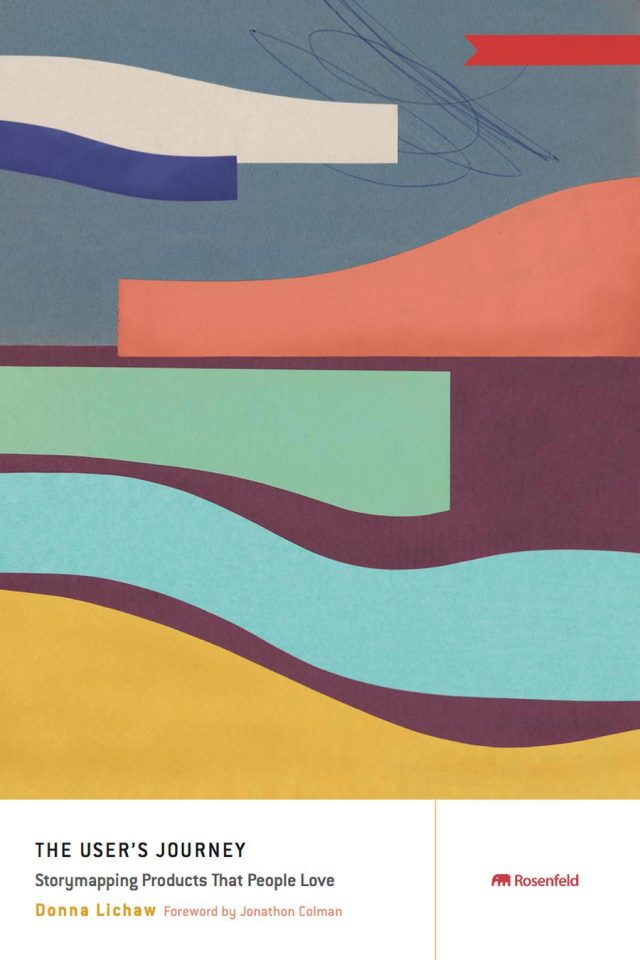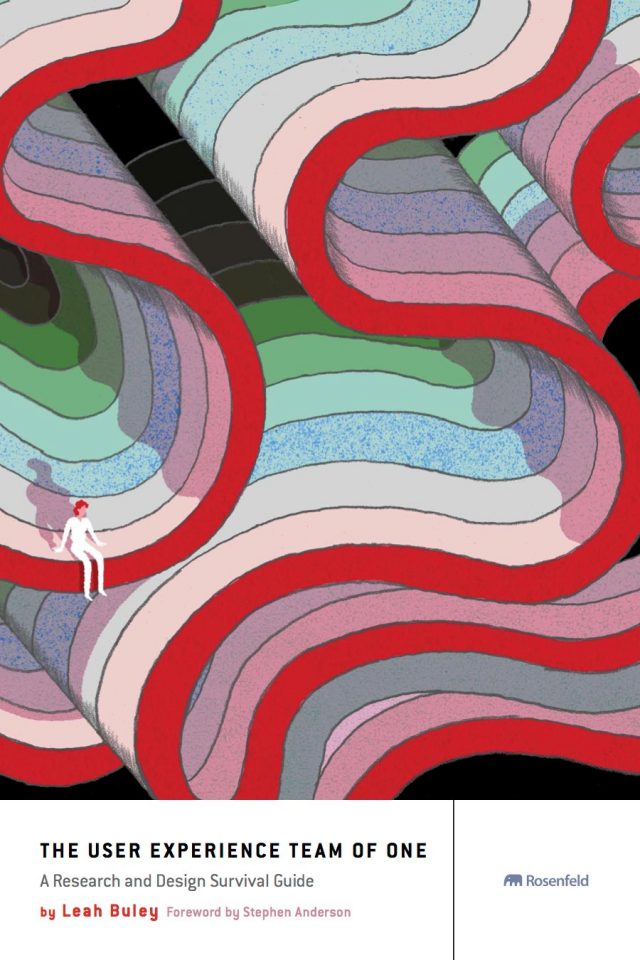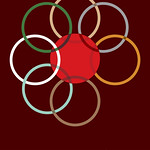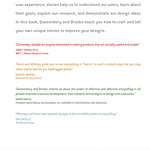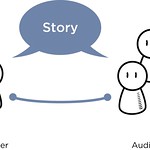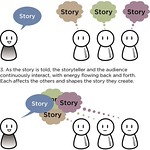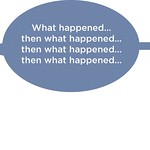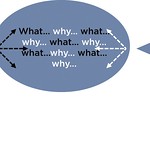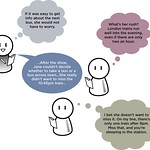Every book takes a village and, like authors everywhere, we have a lot of people to thank. In this case, the village includes the people who contributed stories to the book and the many people who allowed us to pick their brains about different ways to use stories.
Ginny Redish gets special thanks. Not only did she agree to write the wonderful foreword, but she was also there from beginning to end, with moral support and helping us shape the book.
A lot of people read the book at various stages. Their comments were enormously helpful: Mary Beth Rettger, Caroline Jarrett, Daniel Szuc, Karen Bachmann, Ben Weems, Ryan Evans, Laura Packer, Jo Radner, and Steve Krug.
Dirk Knemeyer and Juhan Sohin at Involution Studios in Boston took a flyer on us and hosted the first “Sex, Money, and Storytelling” workshop.
We learned a lot from the great group of people as we blended some of our material for the first time. We met Calvin Chan at User Friendly in Shanghai and convinced him to create the cartoons that introduce our stories and the storyteller people that populate the book.
And, of course, Lou Rosenfeld himself and our editors Marta Justak and David Moldawer.
From Whitney
The first time I talked about storytelling in public, I was pretty nervous. Debi Parush, Karen Bachmann, and Basil White sat up with me the night before while I ripped up and rewrote the whole presentation. The next morning, I arrived to find a room full of people and Caroline Jarrett sitting in front, notepad at the ready. Terrifying. But as the session went on, I began to see this just might work. So, thanks to everyone who got up at8:30 a.m. and stuck with me while I felt my way through.
Thank you to John Chester, my ever-patient husband, who kept everything running and listened any time I needed to talk.
To everyone on every project I’ve ever worked on.
To my mother, who taught me to read and to love a good book.
And to my father, who set the bar high and drummed into me that “if you can’t think, you can’t write.”
From Kevin
Physically writing a book is not hard; it just takes time and patience.
Envisioning writing a book, that is, putting the idea in one’s mind and keeping it there through all the ups and downs of the process, fighting to hold it there against all of life’s competing attention attractors, is more than just hard—it’s somewhat miraculous. Fortunately, miracles happen with help.
I want to thank the storytelling community for their talent and support, and all those people who sat through my workshops, helping me hone the thing that I love into concepts I can communicate.
To Laura Packer, my partner in art and life, who has laughed with me in support through all those ups and downs.
Thank you to my children, Cara, Kristoff, and Stephan, who inspire me, and to my mother who has been the teller and subject of many of my stories over the years.
And to Brother Blue, my spiritual father, who opened the door and showed me what it means to live the life of a storyteller.
